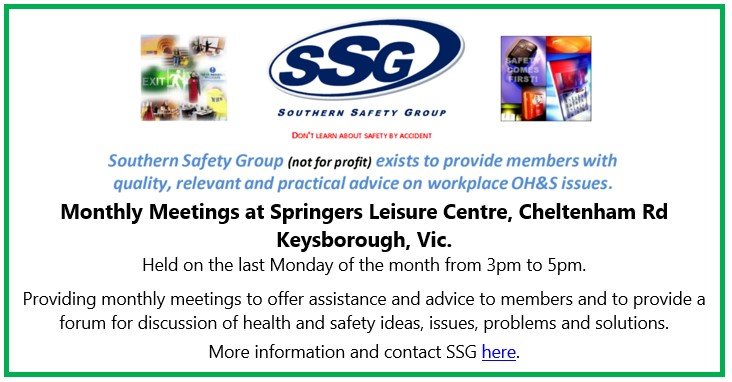Dangerous Goods Waste Disposal
Last month Andrea presented to the Southern Safety Group about Dangerous Goods (DG) storage.
Discussion with the attendees raised some interesting but common issues related to chemical waste, including;
Waste chemical and waste chemical containers must be collected by licensed waste contractors, or collected by the supplier.
It can be difficult and costly to engage waste contractors to collect waste chemicals or containers.
Waste contractors often refuse to collect small amounts of waste or containers, without extra payment, resulting in businesses accumulating large amounts of waste and empty containers.
Empty dangerous goods containers are treated as full when calculating site DG quantities.
Large quantities of empty containers can impact on site placarding and manifest requirements.
What Can Businesses Do?
Be aware of site dangerous good quantities including empty containers.
Have designated locations for waste chemicals (with spill containment) and waste containers.
Keep empty containers clearly labelled.
Display signage placarding requirements for DG storage and waste storage.
Have DG separation requirements including for waste and empty containers.

